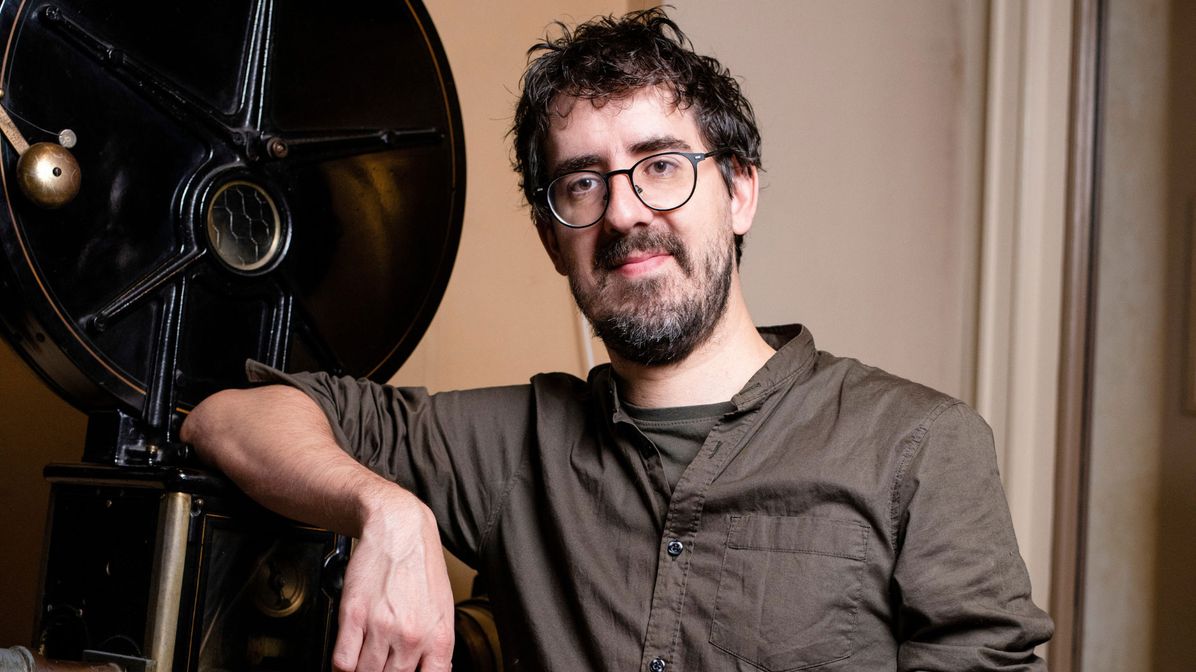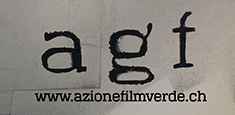In the animated world of Marcel Barelli
The Ticino-born author will receive the Locarno Kids Award 2025 on August 12. At the Festival, the Swiss premiere of his first feature film, "Mary Anning, chasseuse de fossiles"

Born and raised in Lodrino, trained at HEAD in Geneva, and active in Romandy for twenty years. Marcel Barelli is one of the most original personalities in the Swiss animation world. On August 12, 2025, during the Locarno Film Festival, he will be awarded the Locarno Kids Award, a recognition presented by La Mobiliare that, since 2021, honors creators able to bring cinema to the youngest audiences.
After numerous short films, such as Vigia, which won the Silver Pardino in Locarno in 2013, and Dans la nature, winner of the Swiss Film Award for animation in 2022, Marcel Barelli has just made his feature film debut with Mary Anning, chasseuse de fossiles (CH/BE, 2025), an animated film dedicated to the British paleontology pioneer, which will be shown on August 12 at 5:00 PM at the Teatro Kursaal in Locarno. Let’s get to know the author and the journey that, starting from a chemistry education in Ticino, led him to settle in French-speaking Switzerland and become an animated film director.
How did you get to drawing and animation?
"My mother always made me draw; she taught me that with a pencil and a sheet of paper, you never get bored. I have always had that passion. The interest in cinema came over the years. At first, I didn’t know it could be a profession. I didn’t know there were film schools in Switzerland or that people made a living from it. This awareness came gradually, discovering the world of cinema and the different ways of making it. Regarding animation, when I discovered the work of Georges Schwizgebel, who is somewhat the veteran of Swiss animation, I realized that it was possible to make more personal, handcrafted, intimate films, less mainstream, less Disney. That’s when the desire and interest for animated cinema began. Then, by chance, during the Locarno Film Festival, I met my wife, who is from Geneva, and in the end, I stayed there."
Is there still room for a more traditional form of animation, like the one you practice?
"I think so. If you look at other arts, for example photography, there are still people who shoot on film; digital hasn’t completely replaced it. There will always be people interested in, let’s say, handcrafted cinema. Of course, computer technology and everything else help, but hopefully, they won’t replace creativity entirely. I prefer to see artificial intelligence at most as a tool. Or even as nothing at all."
How is your job structured?
"For the short films, I take care of the idea, the screenplay, the directing, and the animation. Then there are many other parts that I delegate; I don’t claim to know how to do coloring, sound, music, or production. For the feature film, I especially thought that my usual graphic style, which is very cartoonish, a bit naïve, might not be suitable for the story I wanted to tell, so I asked a good friend who is also a director if she wanted to take care of it. Therefore, the graphic concept, which is called the graphic bible, was created by Marjolaine Perreten, and we hope that the collaboration and the desire to work with me will continue. For this film, we used a technique that is somewhere between frame-by-frame drawing and stop motion, which is usually done with three-dimensional puppets but, in this case, were 2D on the computer."
And now, about the film itself. Who is Mary Anning, and why this choice?
"Mary Anning was the first true paleontologist in history. Fossils have always been found, but until almost the beginning of the 1800s, their exact origin was unknown. She was the one who discovered the large marine reptile fossils that made scientists of the time start asking the right questions. In short, Mary Anning was a pioneer of this discipline and unfortunately was somewhat forgotten, also because she was a woman, she was poor, and she spent her days searching for fossils in the mud: this was frowned upon at the time, so even if she wanted to, she couldn’t aspire to recognition or a status as a researcher or scientist, or even something a little higher. The idea was to tell the story of her youth because, already at the age of 12, she found the first real large fossil in history and therefore show the true story of a child in a very harsh, very difficult era, a child who, despite everything, managed to go where she wanted. She is a character not very well known outside of paleontology enthusiasts. I like fossils, I like dinosaurs, so I have known her since I was a child. She always stayed a bit there, in the corner of my mind. I told myself, maybe one day if the opportunity arises, I can tell this story to others: not only to paleontology enthusiasts but also to other children who, like me, were fascinated by such a unique character."
When will Mary Anning, chasseuse de fossiles, arrive in theaters?
"After the Swiss premiere in Locarno, the film will screen at a few festivals, then it will be released first in France and Belgium on September 17th, and later in Switzerland on November 26th in the three language versions: Italian, French, and German. "





